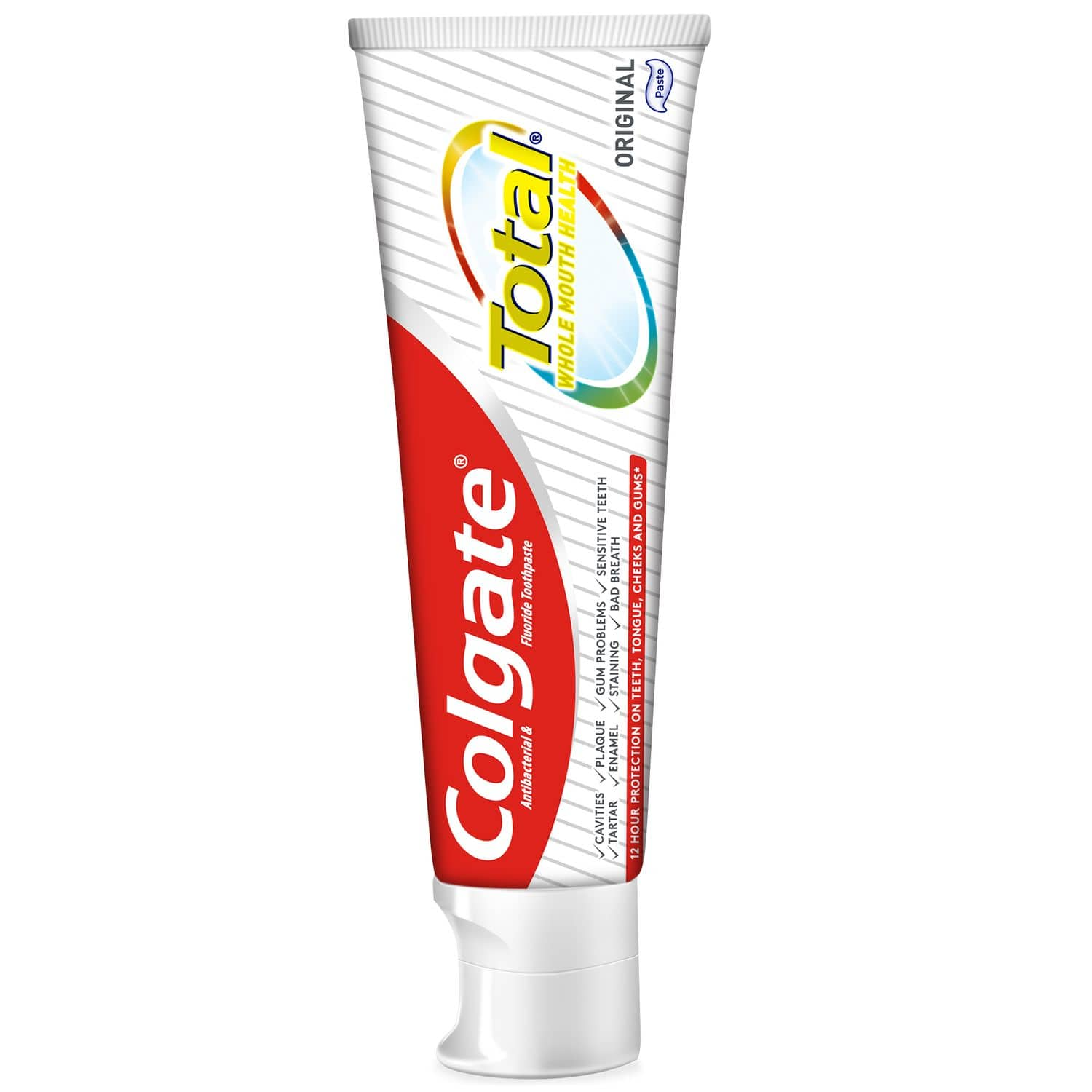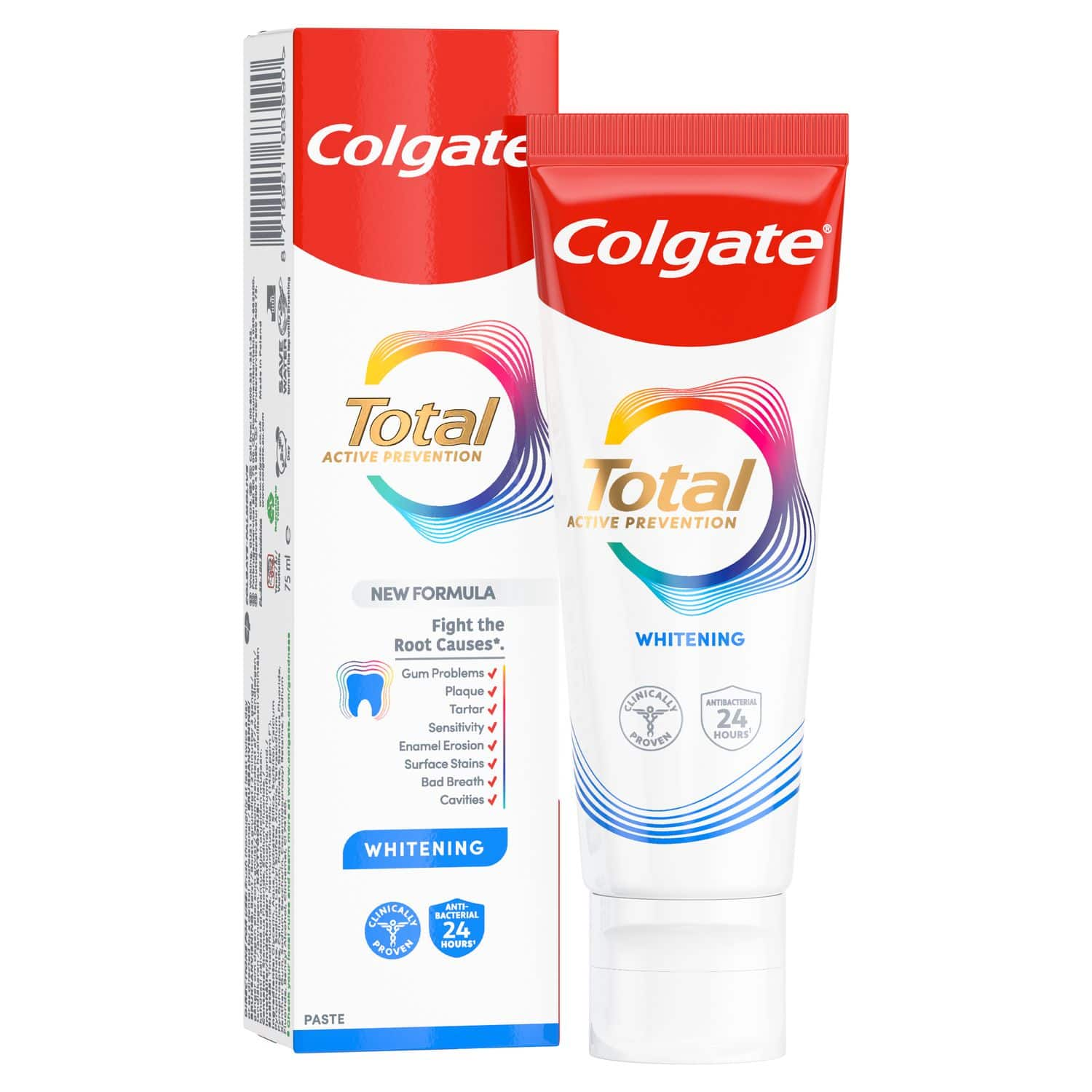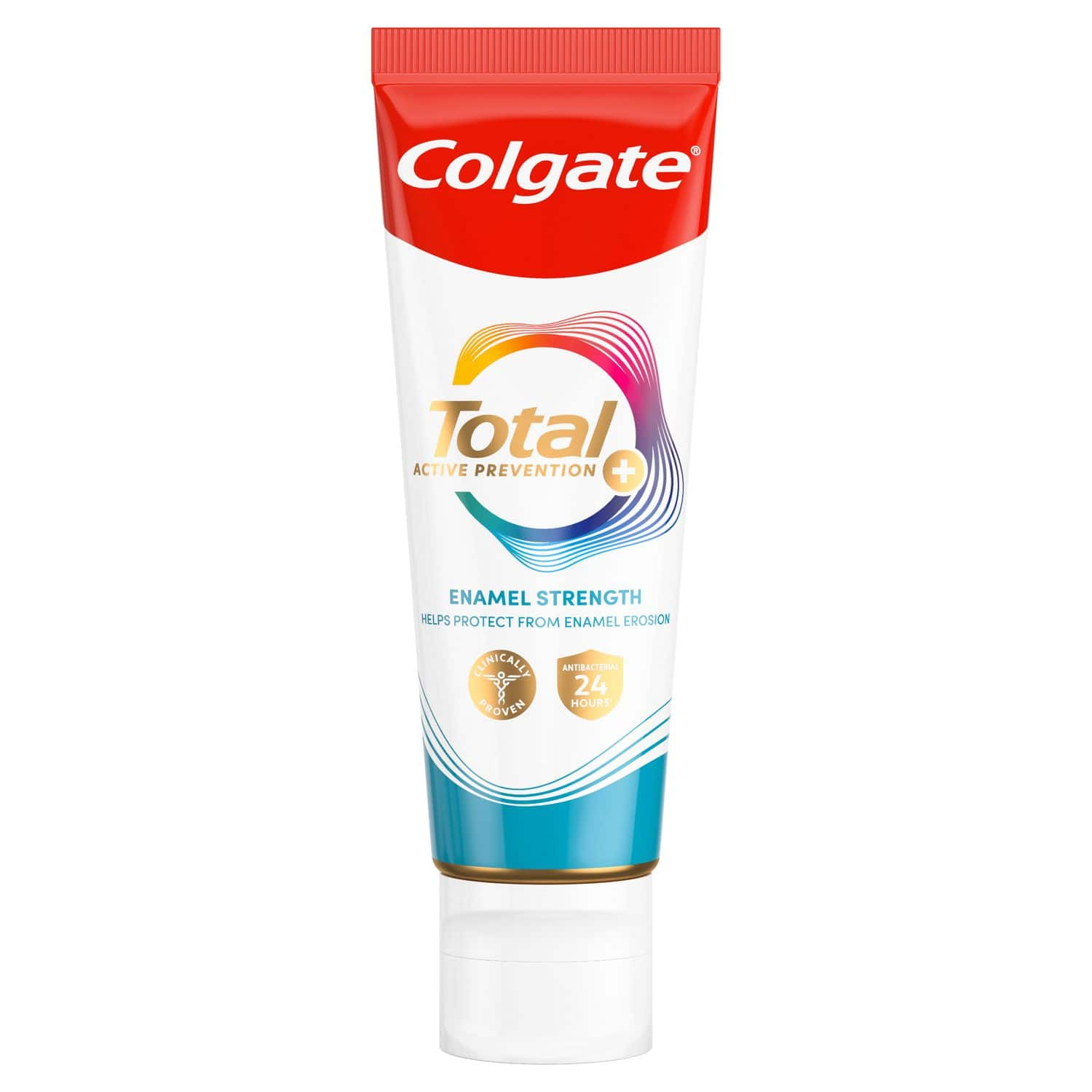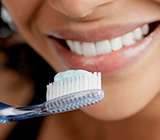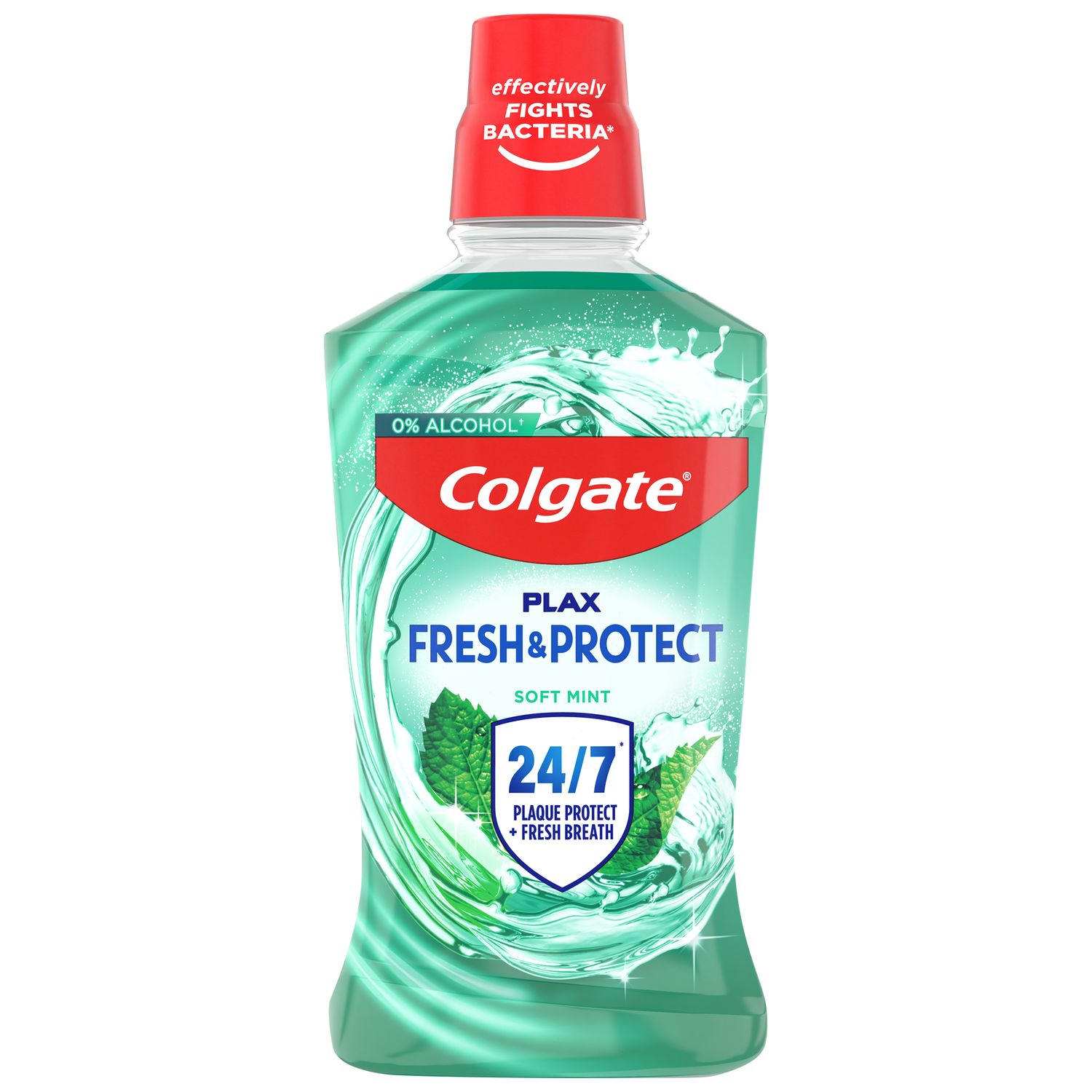What Is Amalgam?
Dental amalgam was once one of the most common materials used to fill cavities. Also known as “silver fillings,” amalgam fillings are silver in appearance, but not in composition. Since many dentists now use tooth-coloured materials to fill cavities and restore teeth, amalgam fillings are less common than in the past. However, amalgam fillings are more versatile than the newer materials, because they can be used for other dental situations and hold up better over time, especially in teeth that undergo wear and tear from pressure and chewing. As the cherry on top, amalgam is more budget-friendly, as it is less costly than other dental materials available.
Is Amalgam Safe?
Some concern has been raised in the past over the elemental mercury used in amalgam (which we will get into soon), but there’s no need to worry. As of 2018, new regulations in the UK and European Union have restricted the use of amalgam fillings, meaning they are no longer allowed in patients under the age of 15. However this is merely an environmental measure intended to reduce mercury contamination of the environment over time. Millions of people have amalgam fillings and there is no evidence that they present a direct health risk.
Why Is Mercury Used in Dental Amalgam?
Although they are sometimes referred to as “silver fillings,” amalgam fillings are actually made from a combination of metals that make it the most effective and popular filling material used in dentistry over the past 150 years. The combination includes silver, mercury, tin and copper. Sometimes amalgam includes small amounts of zinc, indium or palladium.
You might be thinking, “why use mercury?” Mercury is used in amalgam because it helps make the filling material flexible. When mixed with an alloy powder, mercury creates a compound that is soft enough to mix and press into the tooth. Another upside is that it hardens quickly and can withstand the forces of biting and chewing over many years.
Is It Safe to Use Mercury in Dental Amalgam?
Since mercury is a metal that occurs naturally in the environment, everyone is exposed to mercury in some form, whether through the air, drinking water, soil or food. So, having some contact with mercury through amalgam isn’t all that much different from other types of daily exposure.
As with most substances, harm caused by mercury in the body is related to the amount ingested. Very low levels of mercury don't cause any adverse effects. But at higher levels, mercury is known to cause several unfavourable symptoms. With amalgam, minimal amounts of mercury in the form of vapour can be released and absorbed into the body as the filling wears.
It makes sense to question whether amalgam is safe to put inside your mouth. However, there is no evidence that amalgam fillings are anything to worry about because the low level of mercury absorbed from them is not enough to create any toxic effects. In fact, studies have shown that the amount of mercury you can be exposed to from amalgam fillings is less than the amount that most people are exposed to in their daily environment or in the food they eat.
If Amalgam Is Safe, Why Does My Dentist Take Precautions When Handling It?
Because dentists work with mercury almost every day, they must take safety precautions to avoid negative effects that come with prolonged exposure. Without protection, dentists can inhale mercury vapours, which can produce symptoms over time. They will use protective wear during the mixing and preparation process, but by the time the amalgam is placed in your tooth, the mercury has formed a compound with the other metals and is no longer toxic.
Are There Alternatives to Amalgam?
If you would like to explore alternatives to amalgam, you have options you can discuss with your dentist. There is now a dental amalgam that contains indium, which helps retain the mercury, so it’s less likely to release from the filling. There are also high-copper amalgams that contain less mercury and more copper.
If you would like to avoid amalgam altogether, talk to your dentist about other materials like composite resin, porcelain or gold to restore your teeth. Composite resin can be more visually appealing because it is a tooth-coloured material. Still, it also takes longer to set and wears faster than amalgam, which means it can’t be used in every situation.
When Should I Consider Amalgam Alternatives?
There are some cases where it would be best to talk with your dentist about alternatives to traditional amalgam. If you have a known allergy to mercury, are exposed to high levels of mercury daily, or are pregnant, make your dentist aware of this before having any dental work done. Being transparent with your dentist is the best way to build a treatment plan that is best for you.
Should I Have My Amalgam Fillings Removed?
Removing amalgam fillings can create more problems than benefits if removal is not absolutely necessary. You should only remove or replace amalgam fillings when they are worn, broken or when there is decay beneath the filling. Removing good amalgam fillings results in unnecessary loss of healthy parts of the tooth and can release more mercury than keeping the filling in place. If you are concerned about existing amalgam fillings, discuss your options with your dentist.
While it’s good to take precautions when deciding what substances you put into your mouth, amalgam fillings are not a cause for worry. However, if you do have any concerns about amalgam, talk to your dentist and you’ll be on your way to a worry-free smile once again.
This article is intended to promote understanding of and knowledge about general oral health topics. It is not intended to be a substitute for professional advice, diagnosis or treatment. Always seek the advice of your dentist or other qualified healthcare provider with any questions you may have regarding a medical condition or treatment.
ORAL HEALTH QUIZ
What's behind your smile?
Take our Oral Health assessment to get the most from your oral care routine
ORAL HEALTH QUIZ
What's behind your smile?
Take our Oral Health assessment to get the most from your oral care routine
